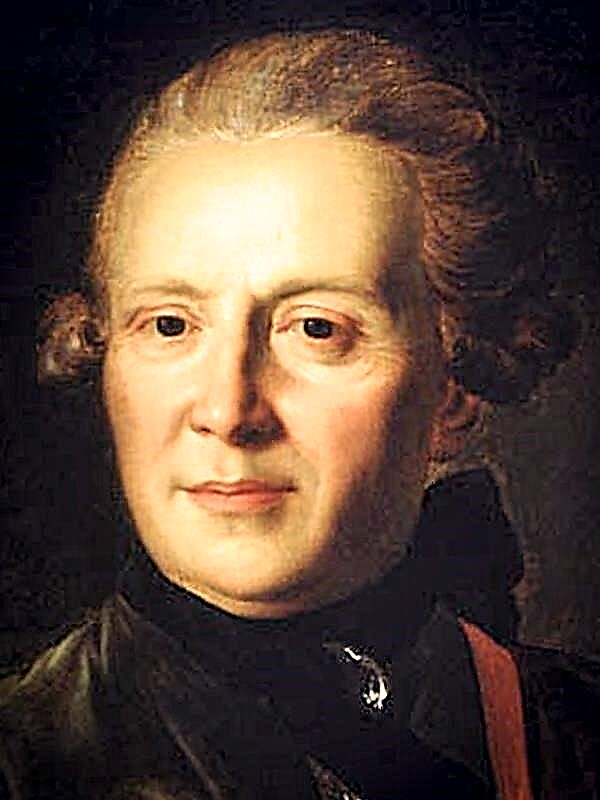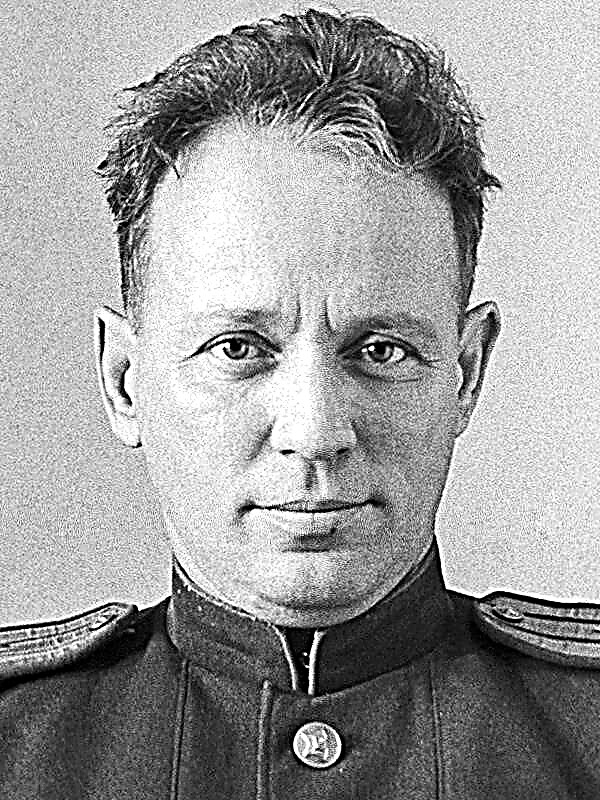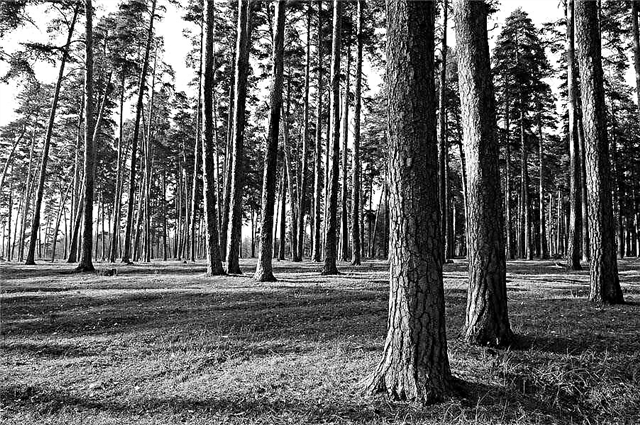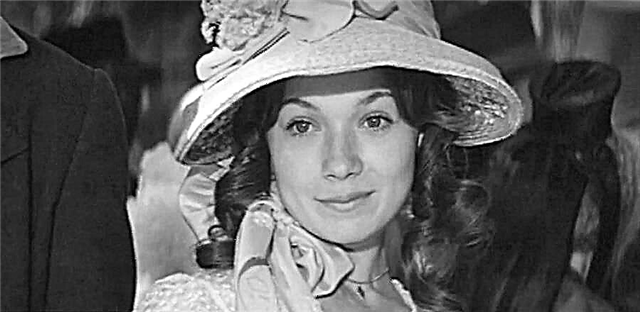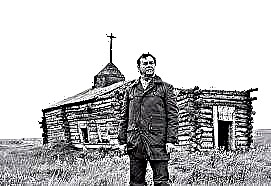Anna Andreevna Akhmatova is an outstanding figure in the literary world, a great poet of the 20th century. She lived and worked in a very difficult time - the era of repression and persecution. Her family fully felt the horror of that time, but Anna Andreevna herself had to go through the most.
History of creation
In 1938, Akhmatova learns that we will shoot her ex-husband, Nikolai Gumilyov, the father of her only son - Leo. Not having time to recover from such a strong emotional shock, a woman receives another “blow”. In 1939, Anna Andreevna finally realized that she would not see her son for at least 5 years, which Leo would spend in exile for false accusation.
The poetess herself understood that she needed to somehow protect herself from all this filth, to be strong, although fate in every possible way tried to prove to her that troubles and trials would not stop. Awareness of the need becomes strong and strong-willed made her think that it is possible to become such only with a callous soul, a cold heart and reason. It was then that Akhmatova wrote her “Sentence”, which, like a stone, falls on her “still living breasts”.
Genre, direction and size
The poem "Sentence" absolutely definitely should be attributed to the lyric, because this work expresses the emotions and feelings of the poetess herself. No one will argue that the lyrical hero and author in Sentencing is one and the same person - Akhmatova.
The direction in which the poetess worked was acmeism. Acmeists departed from the principles of symbolism, proclaimed the clarity of the narrative and the predominance of meaning over form. The poem is filled with simple vocabulary and fairly understandable and uncomplicated metaphors.
The poetic size used by Akhmatova in this lyrical work is the trochae. I would like to note that trochees have always been considered the most acceptable size for creating a feeling of a relaxed, informal, informal conversation or monologue, so the use of this size is justified.
Composition
The poem "Sentence" consists of 3 quatrains. The composition of the poem is very interesting: each stanza is a new lyrical heroine.
- In the first quatrain, the lyrical heroine is alive, vulnerable and sensual. She doesn’t know at all how she will cope with the sentence - “I can handle it somehow.”
- In the second stanza, it is already completely different - it says what needs to be done to become strong, to "learn life again". A woman comes to the conclusion that the soul should be made stone and callous, this is what will help to live.
- The third quatrain strengthens the second; Akhmatova describes an alternative future - a future in which the heart and soul are full of emotions. For her, the alternative is "bright day and an empty house." One can only guess what empty house the poetess is talking about: does she compare him with loneliness, or maybe even death, so the house will be completely empty.
Images and Symbols
- The main image in the poem is the image of the lyrical heroine, which changes as the story progresses. From the immediate and emotional paradigm of thinking, it goes into a mean for emotions and stale manner of perceiving the world.
- The poem is filled with different characters. For example, symbol of a past life heroines - "living breasts", free to feel and worry.
- Symbols of the future it is a petrified soul and unconsciousness, because this, according to Akhmatova, will help “learn to live again”.
- Image of loneliness for the author - an empty house and a bright summer day in which there is nobody.
The system of images in the poem is aimed at ensuring that readers through the symbol can understand the poetess, share with her seemingly deeply personal and even somewhat intimate experiences.
Themes and mood
The main theme of the poem is what the author asks his reader. The rhetorical question of the poetess - can the Russian people endure so much grief, so many tragedies? Akhmatova never separated herself and the people, she perceived all social problems personally, and understood personal problems as typical for all people.
So in this poem - the theme of grief and human suffering becomes public and widespread, although it originates from the personal tragedy of Akhmatova - the arrest of her son.
The mood of the poem is somewhat excited; there is doubt in the work that the future will be bright and happy.
Meaning
The main idea of the “Sentence” poem is the idea of human stamina and courage. The poetess assures everyone that one can emerge victorious from any situation, from any problem that fate sends. You must not despair, you must always be prepared that a new blow will follow.
It is also worth mentioning that the poetess finds a universal solution for all people - “stonyness”: you need to forget everything that was earlier, everything that reminds you of a good past, and live anew, find new joys and at the same time become a little callier so that minor difficulties could not break the spirit. This is the main idea of the poem.
Means of artistic expression
Akhmatova’s small poem abounds with epithets: a stone word, lively breasts, the hot rustle of summer, a bright day, an empty house. All these pictorial means create a kind of imagery and poetry of the situation, indicate the vulnerability of the soul of the lyrical heroine.
Also in the text of the poem we find a catchy comparison - "like a holiday outside my window." In this case, a holiday is nothing more than a normal summer day, not devoid of sounds and melodies. The lines “It is necessary to kill the memory to the end, it is necessary that the soul is petrified” is pierced with high imagery. These words incredibly accurately and most fully describe how you can cope with suffering and learn how to live in a new way.

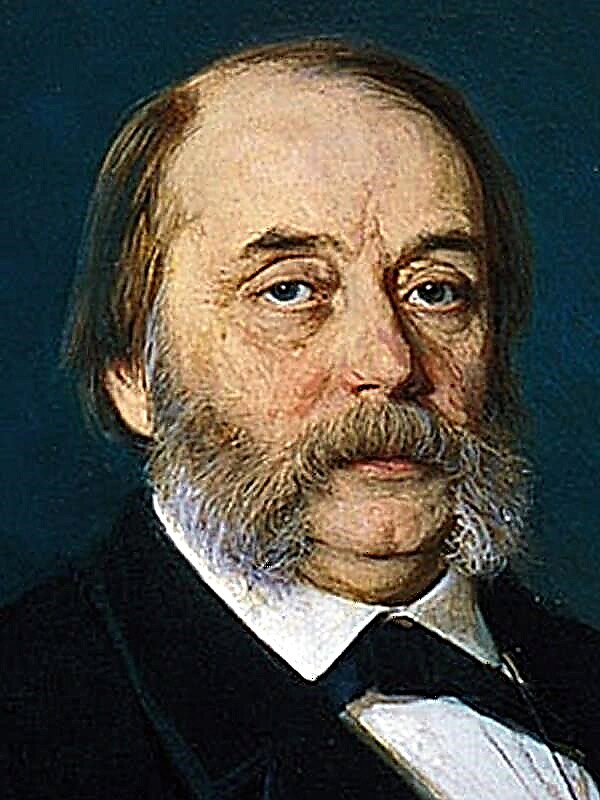
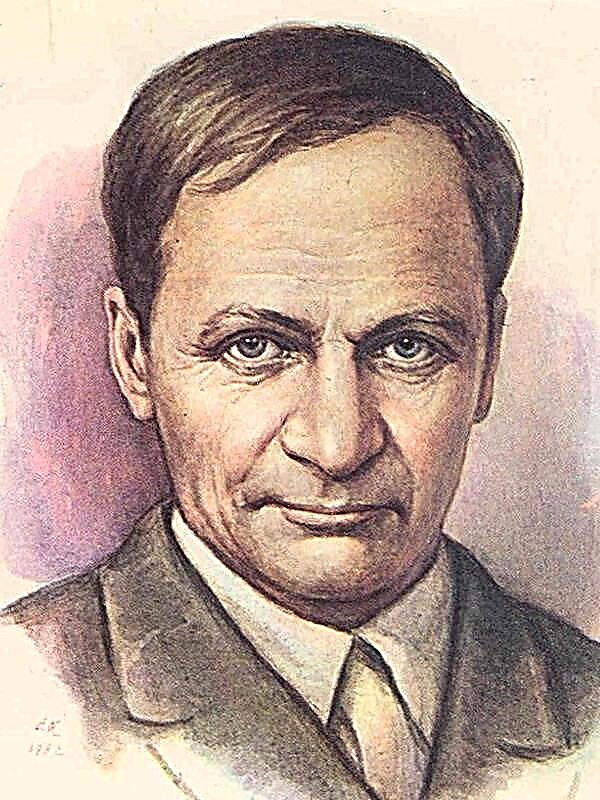
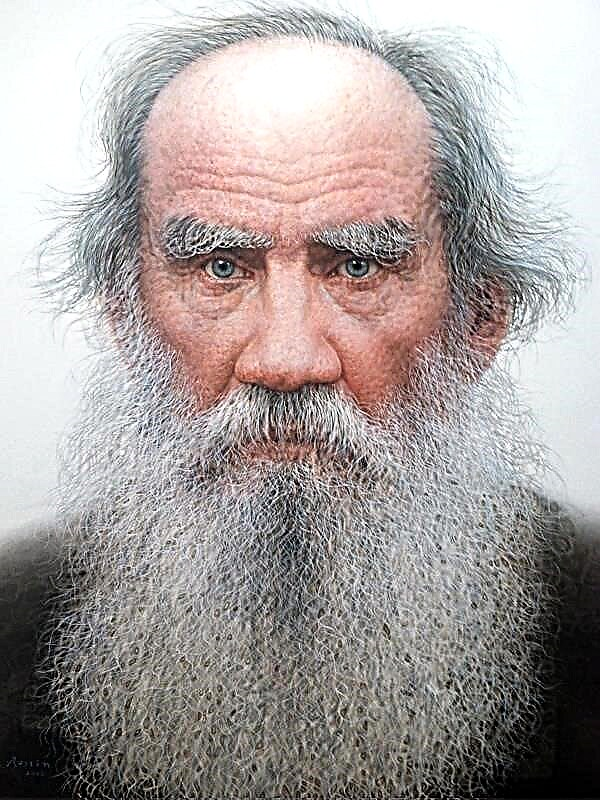 Power of darkness
Power of darkness
